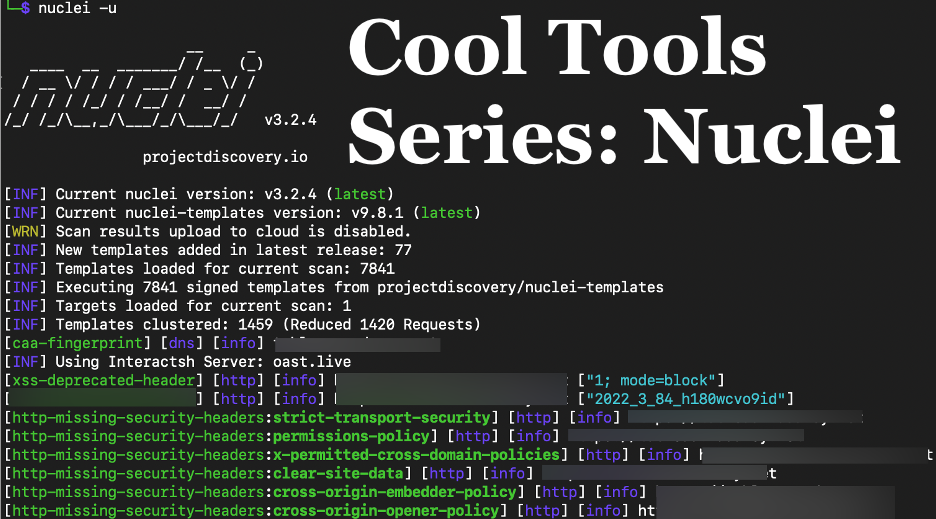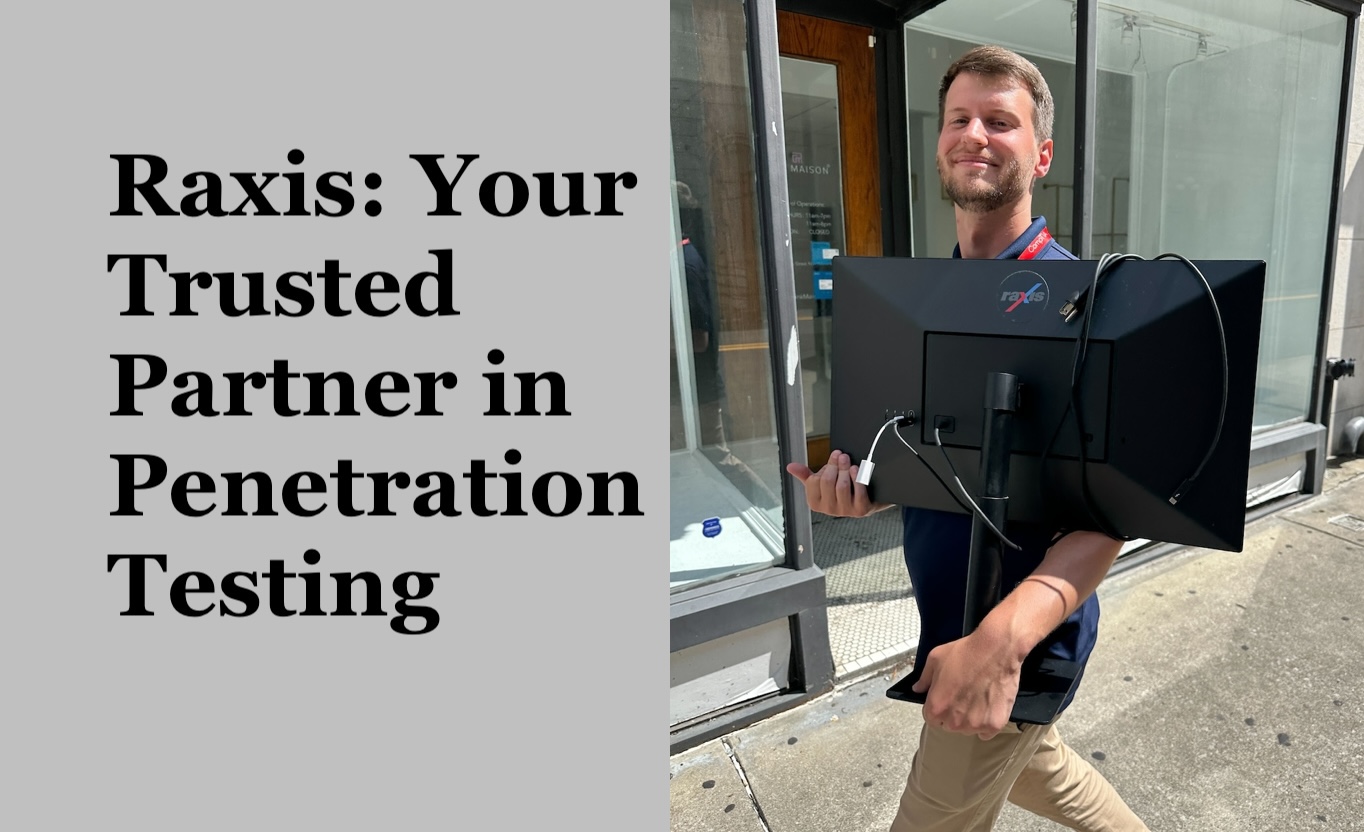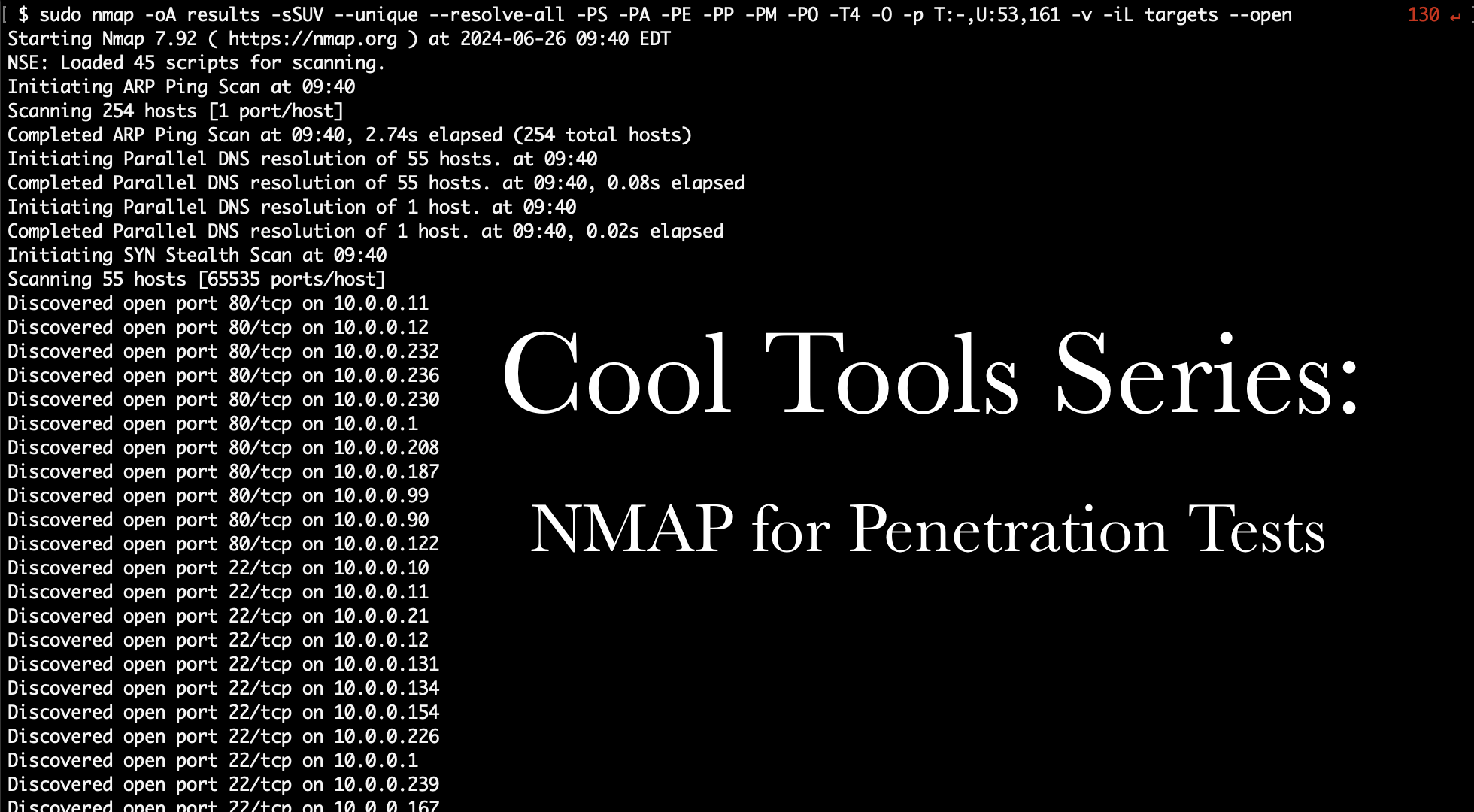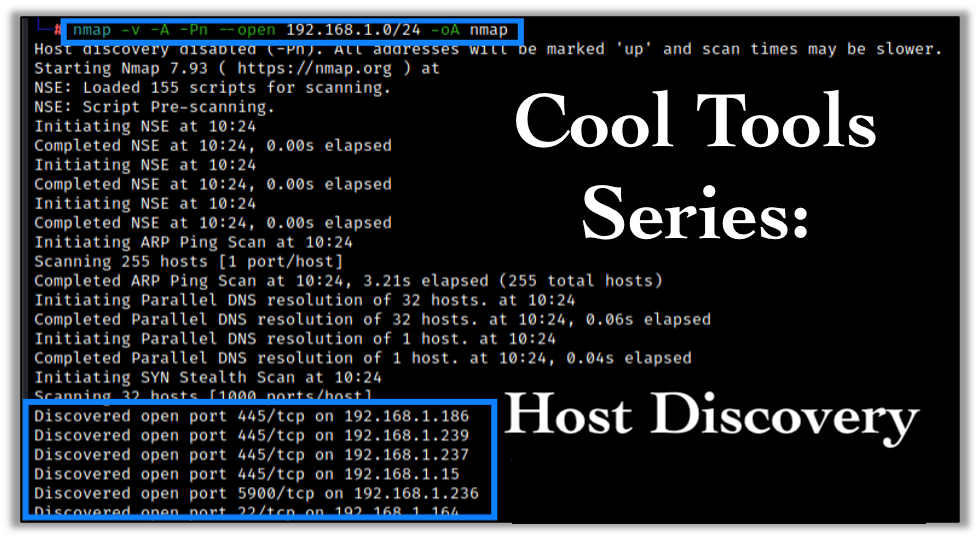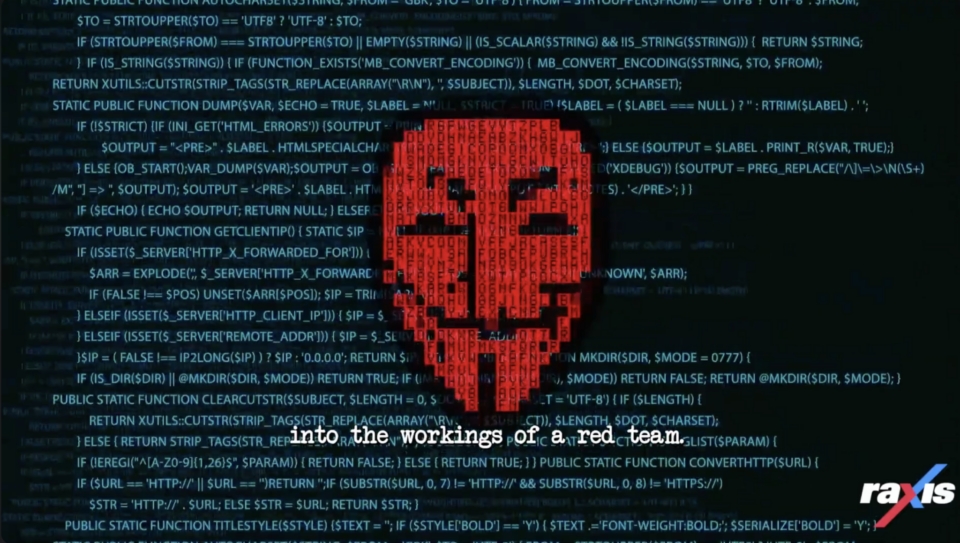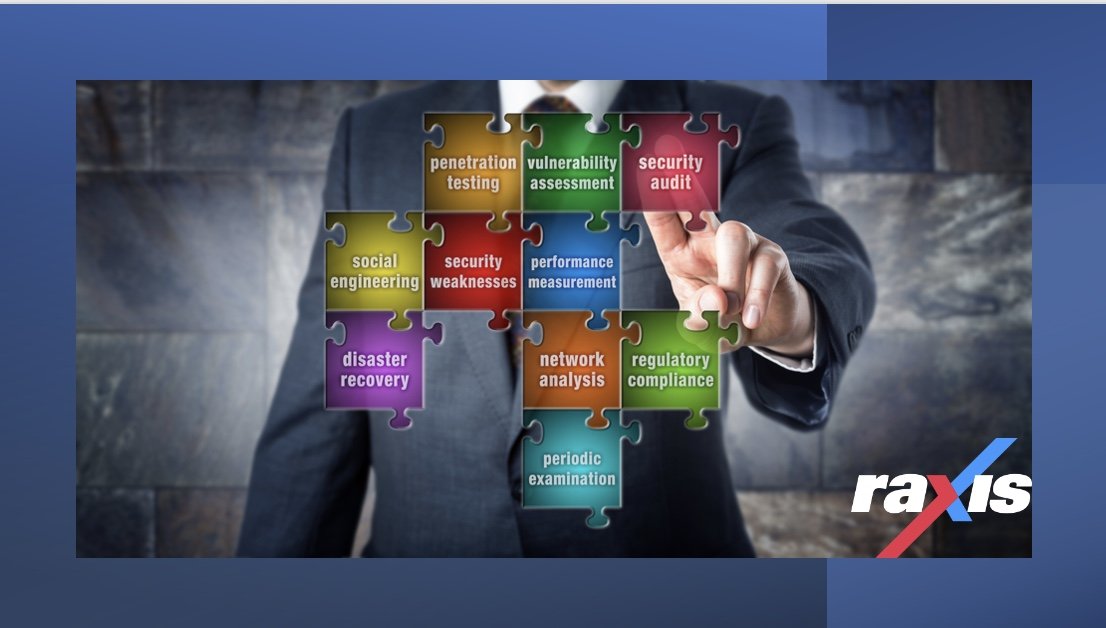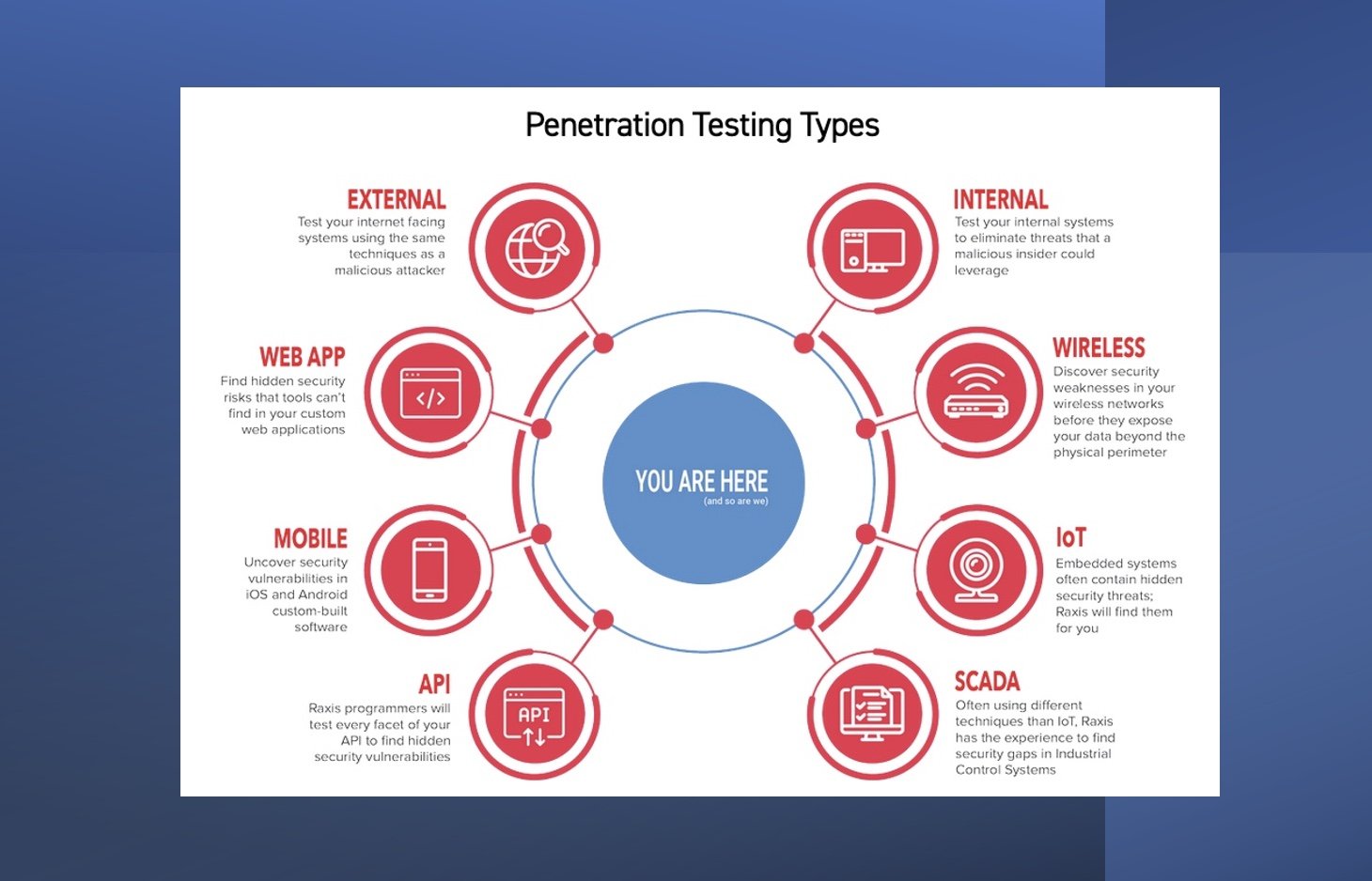Raxis Blog Posts by Category
Categories
- Careers
- Exploits
- How To
- In The News
- Injection Attacks
- Just For Fun
- Meet The Team
- Mobile Apps
- Networks
- Password Cracking
- Penetration Testing
- Phishing
- PTaaS
- Raxis In The Community
- Red Team
- Security Recommendations
- Social Engineering
- Tips For Everyone
- Unsupported Software Unpatched Systems
- Web Apps
- What People Are Saying
- Wireless

